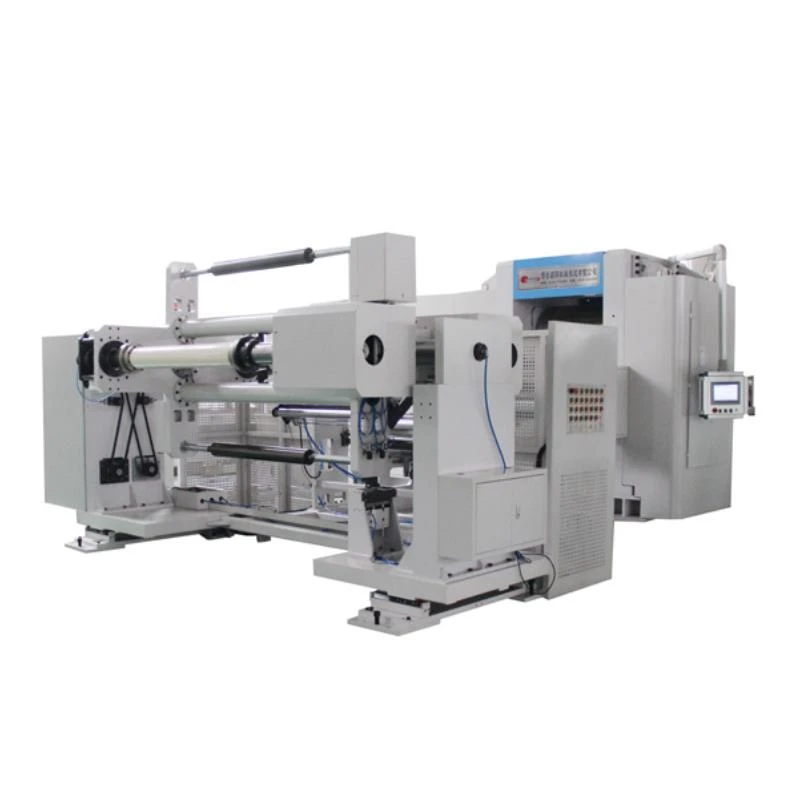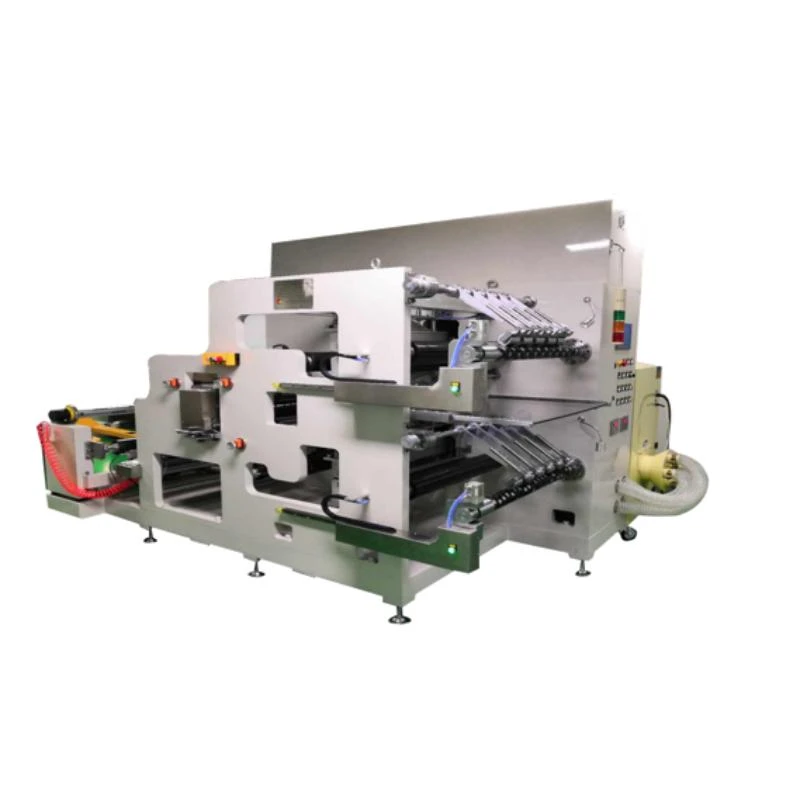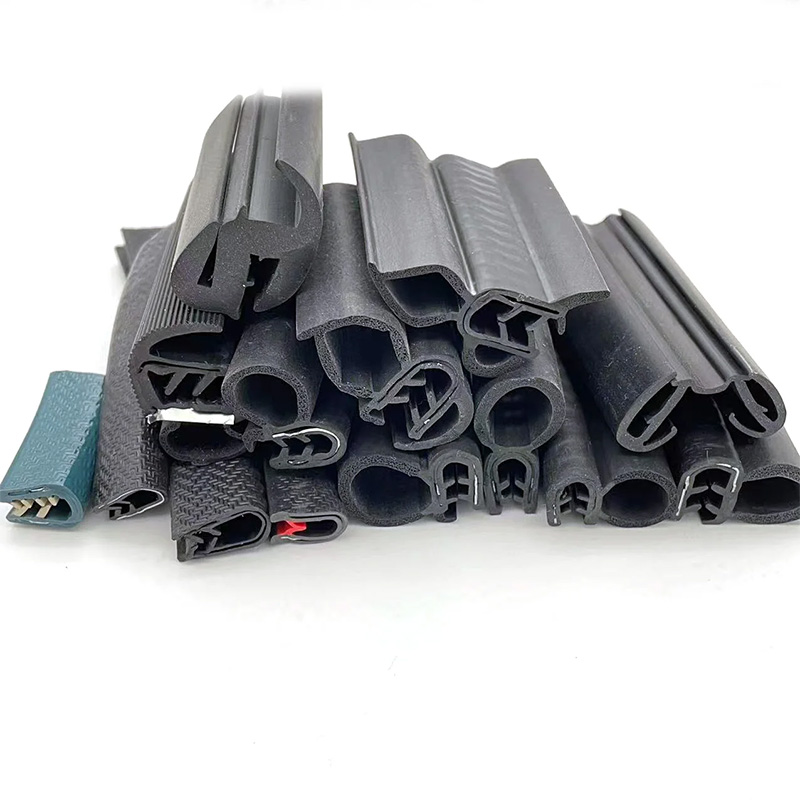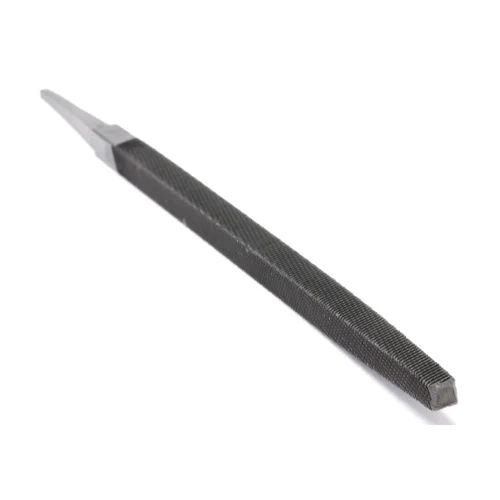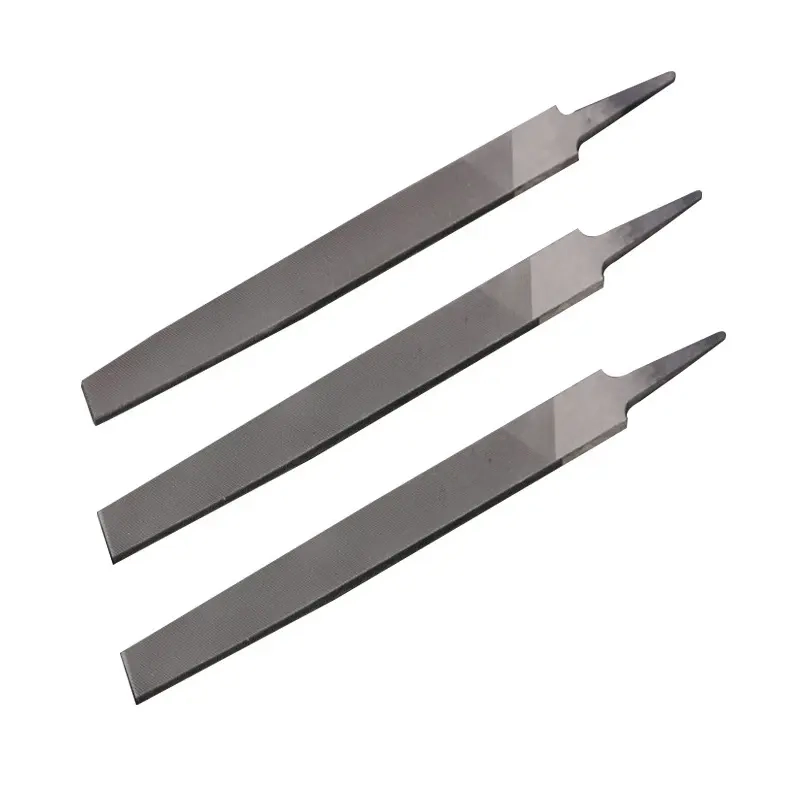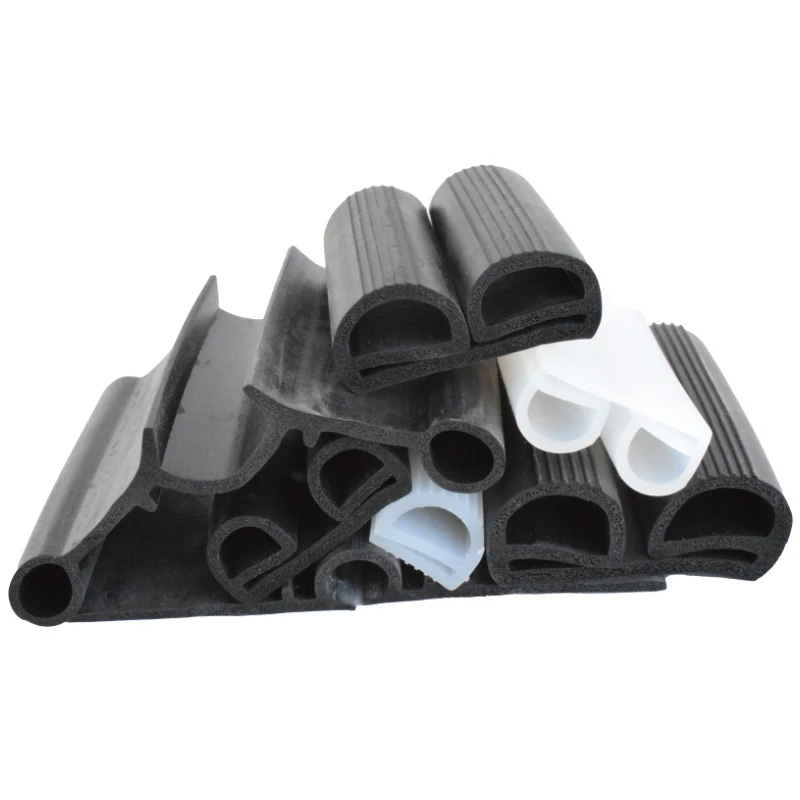Flat File: A Powerful Assistant for Metal and Wood Processing
Flat files are widely used and indispensable tools in the fields of mechanical processing, woodworking, and various DIY crafts. It provides efficient and precise solutions for material finishing, molding, and surface treatment with its unique shape and diverse functions.
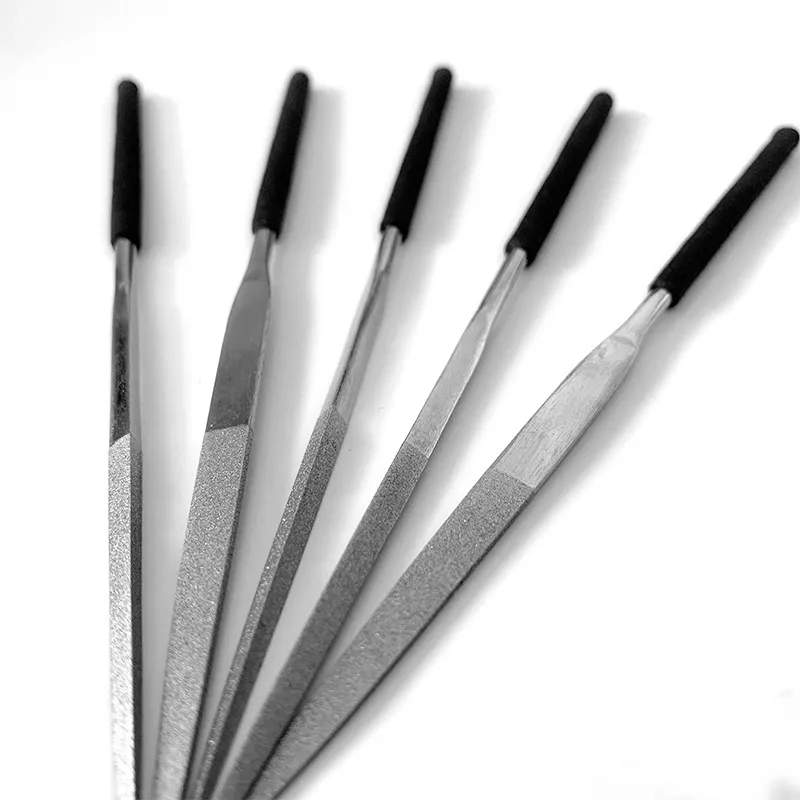
The Structure and Shape Characteristics of Flat Files
Flat file, as its name suggests, has a flat shape. Its cross-section is rectangular, with filing teeth on one or both sides. The length of flaach Fichieren is usually between 100 millimeters and 350 millimeters, and the width and thickness may vary depending on different models and uses. This flat shape design allows the flat rasp to provide a larger contact area during operation, making it suitable for large-area flat surface finishing work. At the same time, its edges are relatively thin, making it easy to perform fine processing in narrow spaces or corners, such as cleaning grooves in mechanical parts and repairing mortise and tenon structures in woodworking.
Material Characteristics and Classification of Flat Files
The materials of flat rasps mainly include carbon tool steel, alloy tool steel, and in some cases, hard alloys. Flat files made of carbon tool steel have low cost, certain hardness and wear resistance, and are suitable for general metal and wood processing, such as polishing ordinary iron products and surface finishing of cork. Alloy tool steel flaach Fichieren add alloy elements such as chromium, molybdenum, and vanadium to carbon tool steel, significantly improving hardness, wear resistance, and toughness.
This type of flat file can handle more complex processing tasks, such as processing metal materials with higher hardness such as alloy steel and stainless steel, and can also maintain good cutting performance in hardwood processing. Hard alloy flaach Fichieren have extremely high hardness and strong wear resistance. They are mainly used for processing superhard materials, such as grinding hard alloy cutting tools and minor adjustments to ceramic materials. However, due to their high cost, their application scenarios are relatively narrow.
According to the thickness of the filing teeth, flaach Fichieren can be divided into coarse teeth, medium teeth, fine teeth, and glossy files. The spacing between the teeth of the coarse toothed flat file is relatively large, and the cutting amount is also large. It is mainly used for quickly removing a large amount of material and is suitable for preliminary processing of rough blanks or rapid finishing of rough surfaces.
The tooth spacing of the medium tooth flat rasp is moderate, balancing cutting efficiency and surface quality. It is one of the most commonly used types and can be used for general metal and wood processing. The fine toothed flat file has fine teeth, small cutting amount, and can obtain a relatively smooth surface. It is commonly used for machining parts with high surface roughness requirements. The file teeth of the glossy file are the finest, almost like a polishing tool, mainly used for the final surface polishing treatment to achieve a mirror like smooth effect on the surface of the workpiece.
Deelen
-
Lithium Battery Welding Machine | High-Precision, Fast, SafeNeiegkeetenNov.17,2025
-
Aluminium Guide Roller | Anodized, Lightweight, Low-NoiseNeiegkeetenNov.17,2025
-
Tofu Cat Litter Bulk – Eco, Low-Dust, Fast Clumping SupplyNeiegkeetenNov.17,2025
-
Equipment for Lithium Cell Assembly | Automated & PreciseNeiegkeetenNov.10,2025
-
Square File Tool – Precision Cut, Hardened Steel, VersatileNeiegkeetenNov.10,2025
-
Lithium Ion Battery Assembly Machine | Automated, High-SpeedNeiegkeetenNov.10,2025
